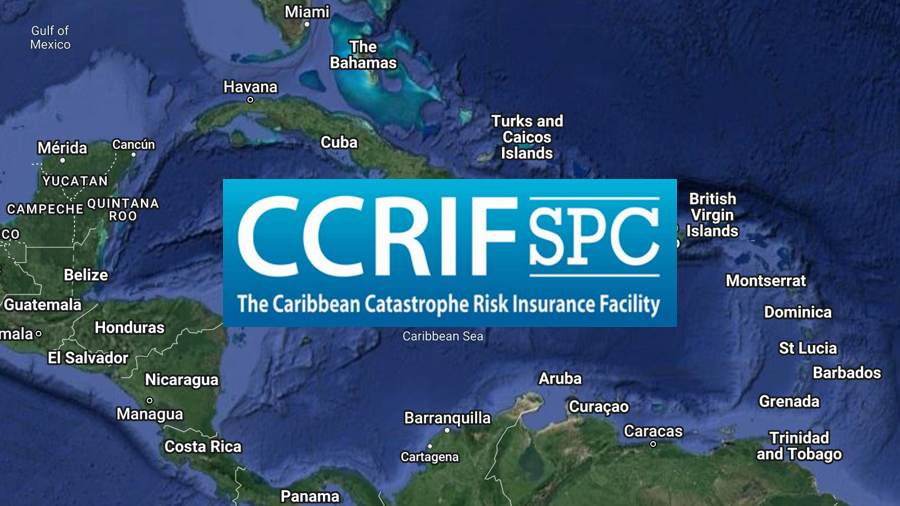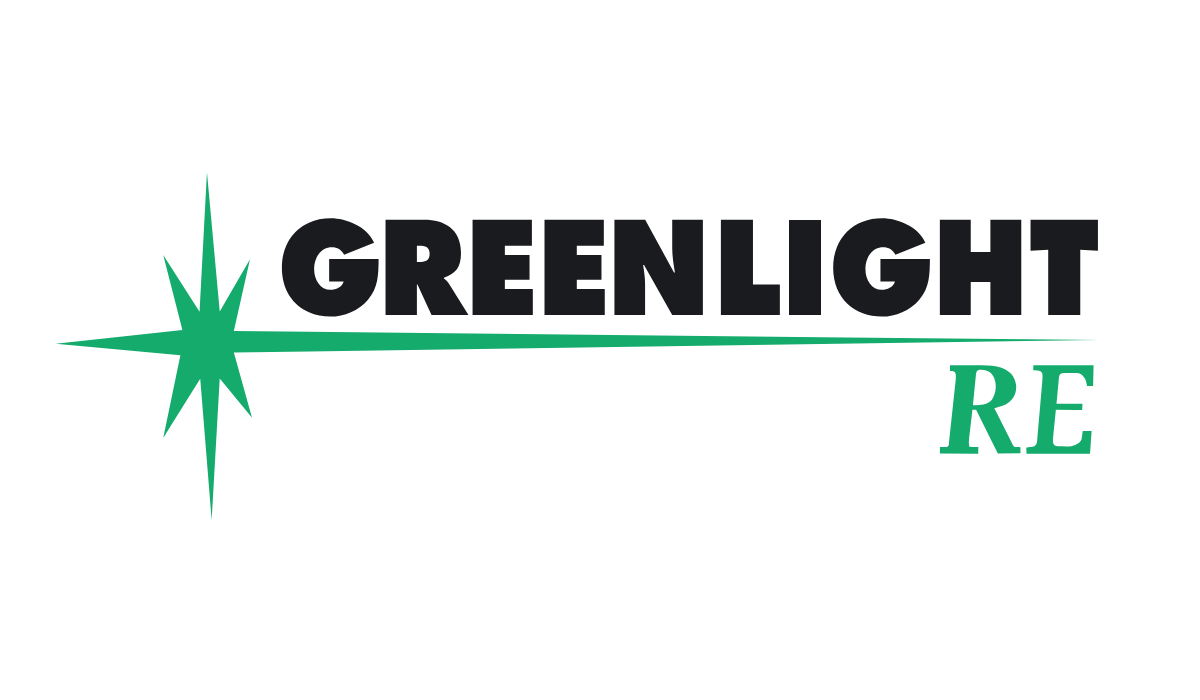We’ve learned from sources that insurer USAA has estimated its losses from hurricane Helene at $1.15 billion, while losses from hurricane Milton are estimated to be $218 million, for a combined impact from the two storms at this time estimated at just over $1.37 billion.
 It appears hurricane Helene has caused much more significant impacts for USAA, which is likely explained by the fact the insurer is not as active in Florida as in some other states and Helene had a much broader, multi-state footprint than Milton, which was a Florida-event in the main.
It appears hurricane Helene has caused much more significant impacts for USAA, which is likely explained by the fact the insurer is not as active in Florida as in some other states and Helene had a much broader, multi-state footprint than Milton, which was a Florida-event in the main.
With hurricane Helene, we understand that roughly $1 billion of the losses are from USAA’s property lines of insurance business, with the remainder from USAA’s auto book.
With hurricane Milton, almost $202 million is losses on USAA property insurance policies, while the rest is from auto lines for the carrier.
Sources said the estimates have been updated for hurricane Helene to October 28th, while Milton remains more preliminary and the latest estimate is still as of October 17th.
We’re also told the total estimate so far excludes loss adjustment expenses, so the gross impact to the insurer would be expected to be higher.
USAA’s per-occurrence tower begins to attach its traditional reinsurance coverage at $800 million in losses, we understand. It’s worth also noting that there is also Florida Hurricane Catastrophe Fund coverage that sits below and intersects with the lowest traditional reinsurance layer, we are told.
With the hurricane Helene loss estimate up at $1.15 billion, it suggests USAA might benefit from some traditional reinsurance recoveries to assist it in paying its claims from that particular storm. Possibly from the FHCF as well, depending on the quantum of losses in Florida specifically. At this time, the Milton estimate remains too low to affect USAA’s reinsurance, it appears.
On the aggregate reinsurance side, catastrophe bond backed coverage attaches at $2.325 billion of aggregate losses, but that is after a per-event deductible of $50 million, we are told.
On which basis it would seem likely both of the hurricanes will qualify as aggregate loss events, but it’s worth remembering there will likely have been others through the cat bond aggregate risk period to-date.
There will be further development of losses from the two hurricanes, it can be expected, so the potential for further erosion of the aggregate retention beneath the cat bonds is clear, but it remains far too early to suggest any impacts are likely.
As we reported after hurricane Milton, some of the USAA cat bonds were among those initially marked-down and pricing sheets seen by Artemis show a number of the aggregate Residential Re cat bonds still marked down by 10% to 15%.
As a reminder, USAA is currently in the market with a new new Residential Reinsurance 2024 Limited (Series 2024-2) catastrophe bond deal.
The lowest tranche of the new cat bond, which is a per-occurrence, indemnity deal, would attach at $2 billion of losses from a single event.
You can read about all of USAA’s catastrophe bond transactions in Artemis’ cat bond Deal Directory.

















)



 English (US) ·
English (US) ·